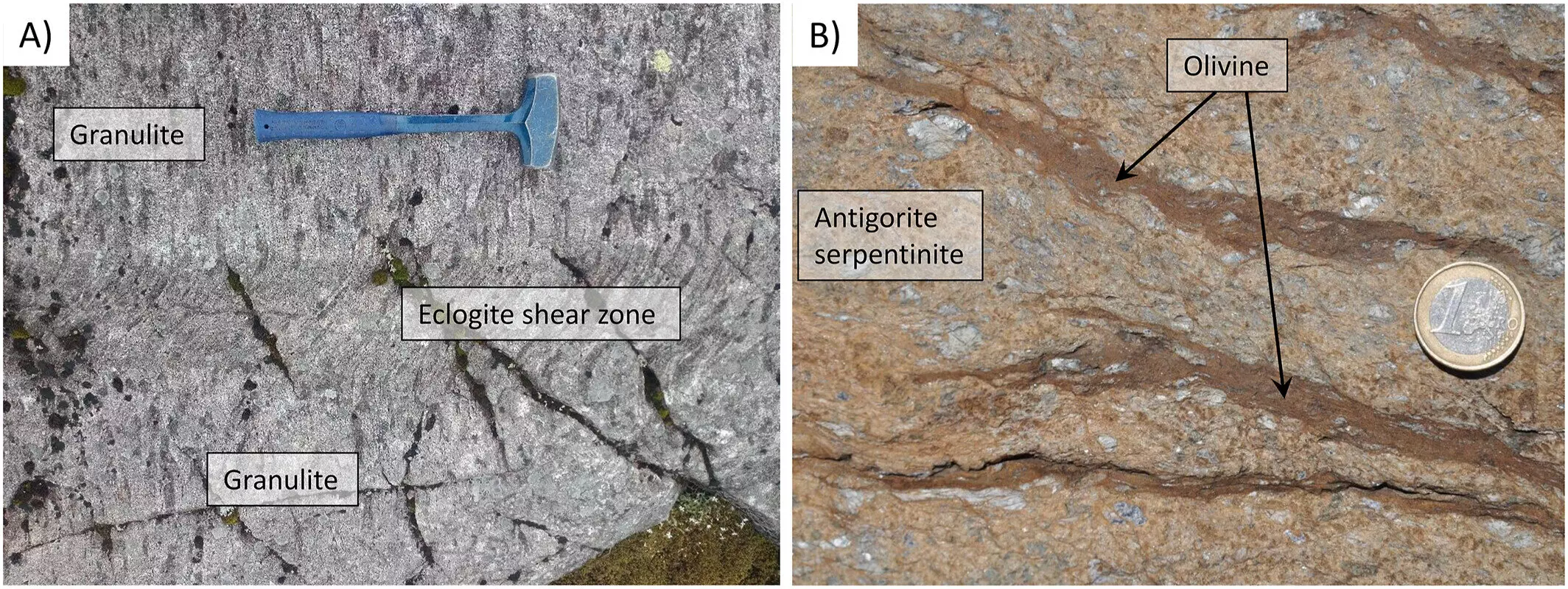Deep within the Earth, a complex interplay between rocks and water takes place constantly, shaping our planet in significant ways. As rocks absorb and release water, these processes not only affect their structural integrity but can also trigger geological events, including earthquakes. The movement of water within deep formations can have extensive implications, influencing tectonic activity and even the continental drift over extensive periods. The intricate mechanics of these hydrological interactions have intrigued geologists and geophysicists alike, leading to innovative research aimed at unraveling these mysteries.
A research team led by Schmalholz has taken a closer look at how water permeates rocks that are traditionally thought to be impermeable, such as those located in mantle wedges and the lower crust. Their hypothesis suggests that, under specific conditions, certain chemical reactions can create temporary openings within these seemingly solid structures. By employing high-pressure mathematical models, they have derived equations that help predict changes in rock porosity associated with hydration and dehydration cycles. Such insights could advance our understanding of how water behaves under extreme geological conditions.
In their article published in *Geochemistry, Geophysics, Geosystems*, the researchers explore the duality of hydration and dehydration processes. At high temperatures, minerals can engage in chemical reactions that either expel water or absorb it, altering rock density and porosity. The process creates what is known as a dehydration front, pushing water out, while a hydration front draws water in, allowing rocks to behave like sponges. These dynamic shifts are paramount as they challenge previous assumptions about rock stability and water retention deep within the Earth’s crust.
The researchers conducted one-dimensional simulations to analyze three different scenarios: one focusing on the hydration front while the other two explored various dehydration fronts. The results indicated that changes in rock porosity are not merely permanent alterations but can occur temporarily as rocks interact with surrounding fluids. Specifically, the hydration front always moves in the direction from which the water flows, while dehydration can occur in two distinct modes—either drawing water away or allowing external water to fill voids created by mineral reactions. This nuanced understanding provides valuable insights into the behavior of water amidst geological transformations.
The significance of this research extends beyond theoretical modeling; it lays the groundwork for future studies investigating how subterranean water movements affect geological processes. Despite the complexity involved in tracing water dynamics deep within the Earth, the newly formulated equations present a robust framework that could greatly enhance our comprehension of how water influences plate tectonics, earthquake generation, and other geological phenomena. As scientists continue to probe the depths of Earth’s crust, the intricacies of hydrological action are sure to lead to groundbreaking discoveries that reshape prevailing geological theories.


Leave a Reply